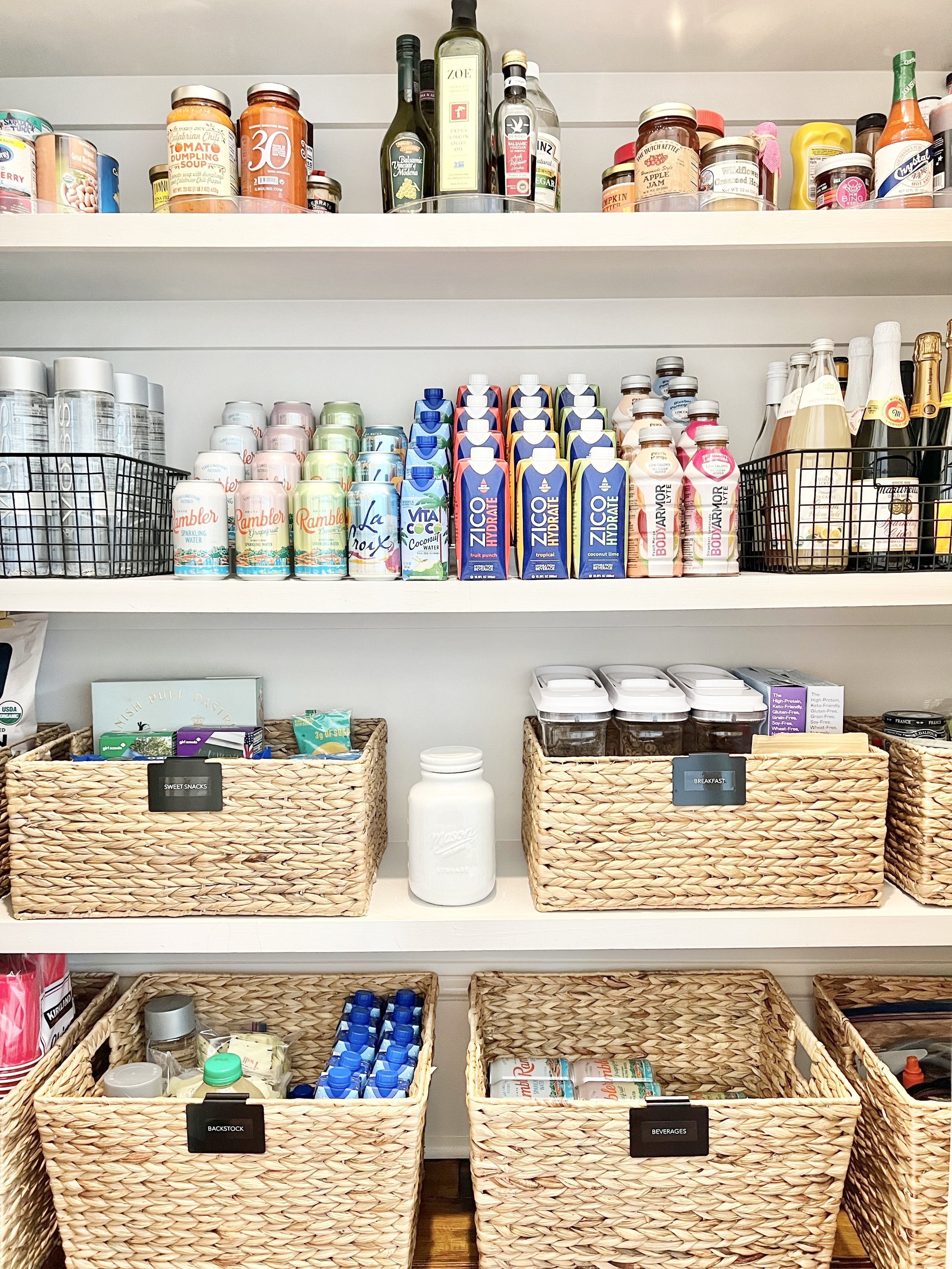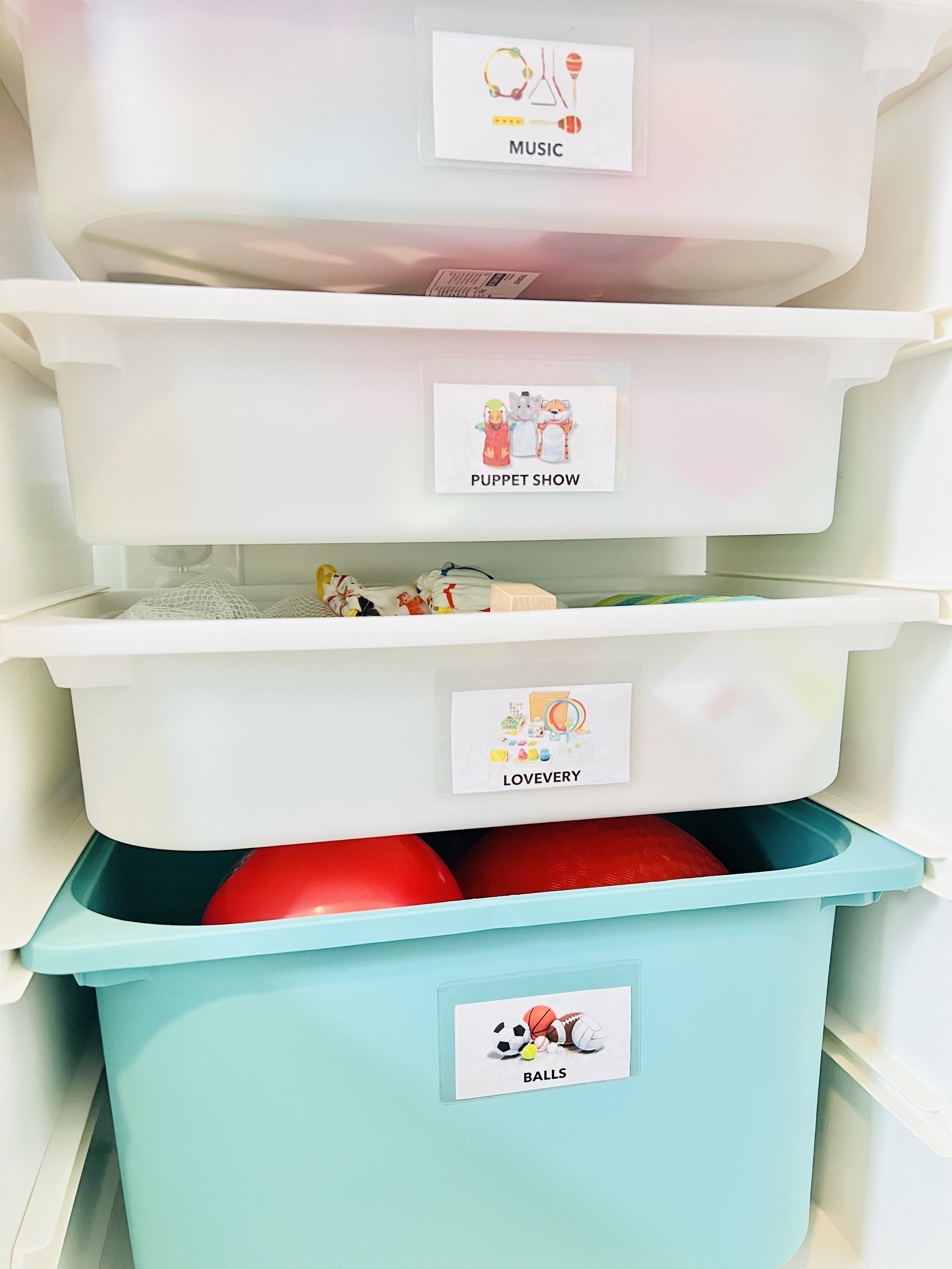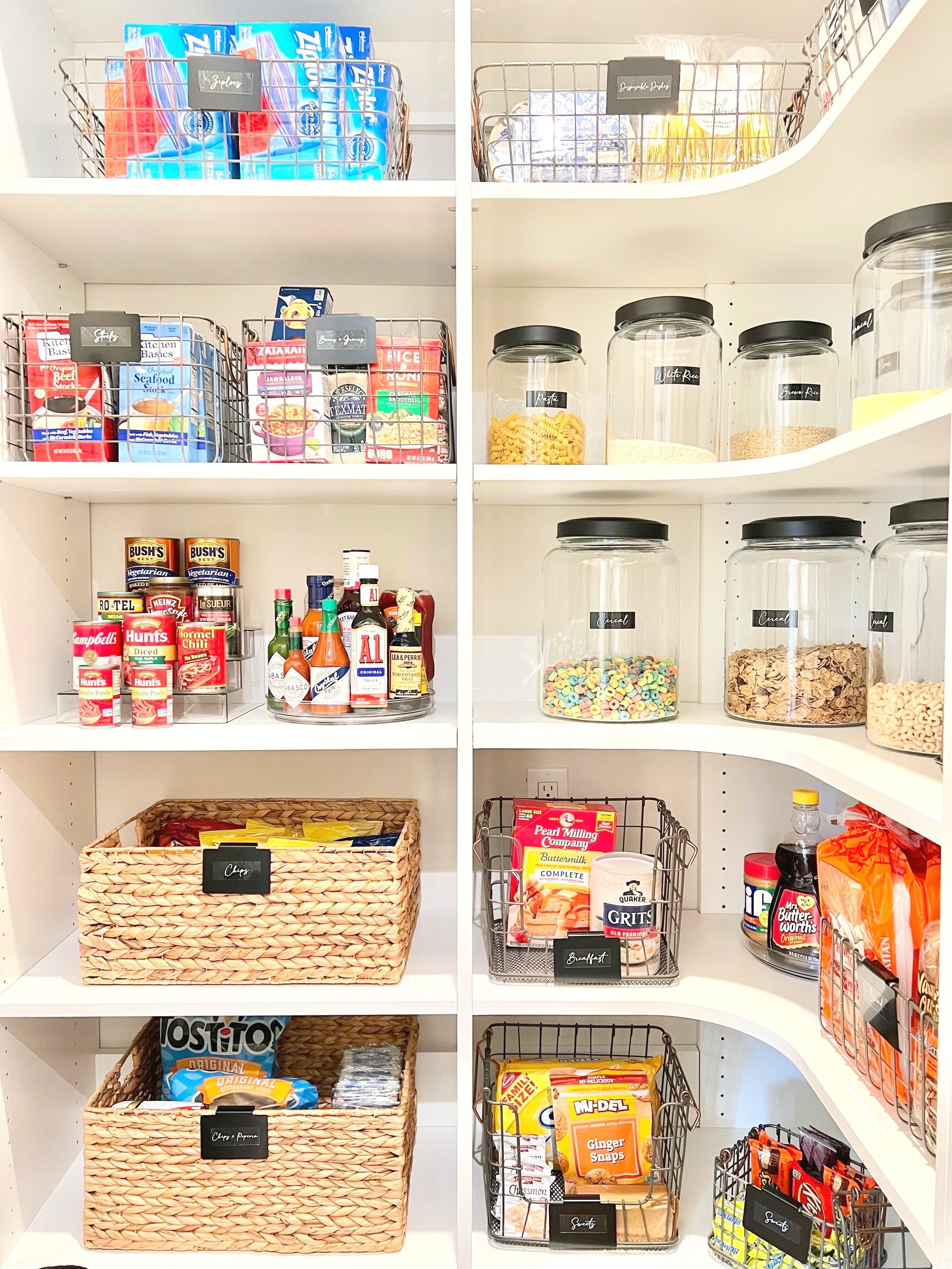Organizing Your Home When Not Everyone is on Board
Organizing your home can be an overwhelming task, but it can be even more challenging when not everyone in the family is on board. Whether it's because they have different priorities or simply don't enjoy the process of organizing, it can be difficult to get everyone involved. It's important to remember that home organization is a team effort, and everyone's participation is crucial to achieving a clean, organized, and stress-free living space. With some patience, understanding, and creativity, it’s possible!
Here are some tips for organizing your home when not everyone in the family is on board:
Communicate your vision
The first step to getting everyone on board is to communicate your vision. Explain to your family why you want to organize your home, what benefits you'll all gain from it, and how it will make your daily life easier. It's important to be clear about your intentions and to listen to everyone's concerns and feedback.
Involve everyone in the process
One way to get everyone involved is to assign specific tasks to each family member. For example, ask one person to sort through items in the living room, another to declutter the kitchen, and so on. This will give everyone a sense of ownership and investment in the project. It also ensures that the workload is shared equally and that everyone has a specific role to play in the process.
Make it fun
Organizing can be a tedious and boring task for some, so try to make it a fun and enjoyable activity for everyone. For example, play some upbeat music, have a dance party, or create a reward system for completing tasks. You could even turn it into a game, such as a scavenger hunt, where everyone has to find certain items in the house and put them in the right place. This will make the experience more enjoyable and help keep everyone motivated and engaged.
Set achievable goals
Setting achievable goals can help everyone stay motivated and focused on the task at hand. Start with small, manageable tasks and gradually build up to larger projects. For example, you could start with decluttering one room at a time, or organizing one shelf or drawer per day. This way, everyone can see progress and feel a sense of accomplishment, which will motivate them to keep going.
Lead by example
If you want your family to be on board with home organization, it's important to lead by example. Show them how it's done by starting with your own things and leading the way. Be patient and encouraging, and offer support and guidance where needed. This will help set the tone for everyone and make the process smoother.
CREATE A SYSTEM THAT WORKS FOR EVERYONE
It's important to create a system that works for everyone. This could involve organizing items in a way that makes sense to everyone, or setting up a daily or weekly cleaning schedule that everyone can follow. Be flexible and open to everyone's ideas and suggestions, as this will help create a system that works for everyone and ensures that everyone is invested in maintaining the organization.
CELEBRATE YOUR SUCCESSES
Finally, don't forget to celebrate your successes along the way. Take time to acknowledge and celebrate each accomplishment, no matter how small it may seem. This could involve a family dinner out or a simple reward system, like treating yourself to a movie or game night at home. Celebrating your successes will help everyone feel motivated and positive about the progress you've made and the goals you've achieved. It will also help maintain everyone's momentum and keep them invested in the process.
Creating an organized environment within your home not only has practical benefits but can also have a positive impact on relationships within the family. By reducing clutter and creating designated spaces for items, you can help eliminate sources of stress and tension within the household. An organized home also encourages communication and collaboration between family members, as everyone works together to maintain the space. Additionally, an organized home can create a sense of calm and order, which can help reduce feelings of anxiety or overwhelm for all family members. When everyone is on the same page about keeping the space tidy and functional, it can create a sense of shared responsibility and accomplishment. Ultimately, an organized home can help foster a sense of togetherness and harmony within the family, leading to stronger and more positive relationships.
Organizing your home when not everyone is on board can be challenging, but it's not impossible. By communicating your vision, involving everyone in the process, making it fun, setting achievable goals, leading by example, and creating a system that works for everyone, you can successfully organize your home and create a more harmonious living space. Remember, teamwork makes the dream work!




